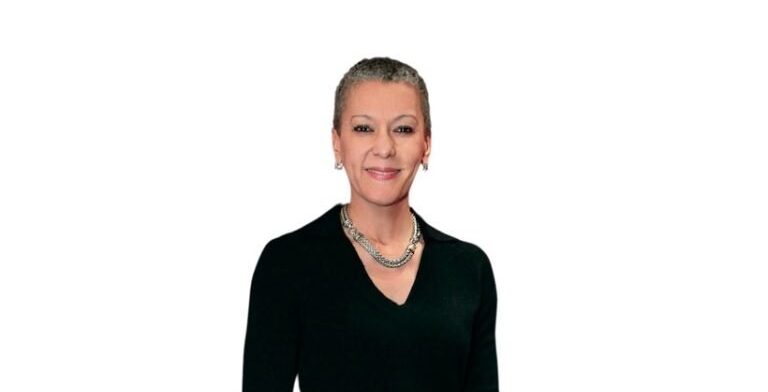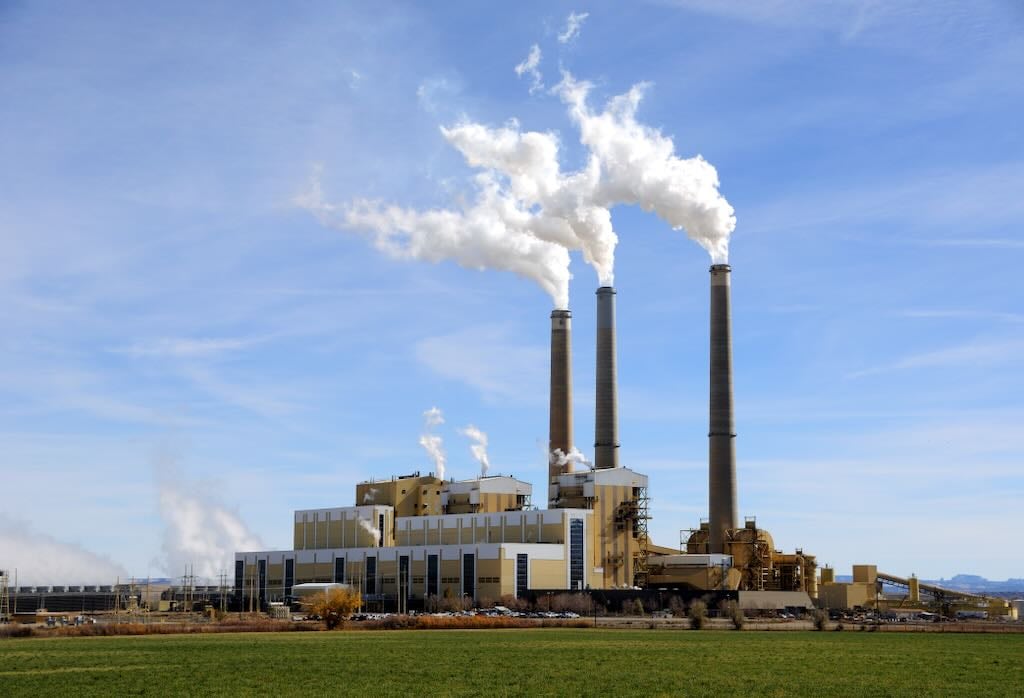General Catalyst CEO Hemant Taneja was one of the first significant investors to participate in the first Climate Tech boom that started around 2006 and came crashing down in 2012. The experience, he admits, left him with some post-traumatic stress disorder. Nonetheless, he is back and more bullish on climate tech than ever. Teneja says the key to scaling climate tech solutions is radical collaboration across the tech, policy, and capital sectors. Teneja spoke at Techonomy Climate 2023 in Mountain View, California.
Dan Costa: You’ve been investing in climate tech for a while and have called the recent boom Climate Tech 2.0? What did you learn from the 1.0 cycle?
Hemant Teneja: I got into investing in climate in 2006. I was in Boston at that time. As a generalist investor, your job was to follow smart people. And at that time, half the faculty at the MIT campus was starting to work on climate and climate-related things. And many smart students wanted to start companies in that area. We decided we should follow them and started investing in the area. We put together a business plan. There were no entrepreneurs that knew how to do this. There needed to be policies that had been created that created market certainty. And indeed, we knew nothing about it. Around 2012 and 2013, a lot of that crumbled. Many of us invested in that area could have been more successful. There were very few companies that worked. And some that did have been very profound, as we know, like Tesla, but generally, there were a lot of learnings there.

Was it just too early? Was there just a need for more business expertise?
Market certainty is a big thing when you build a business. The way the policies were written then didn’t create a certain market certainty for us. I’ll give an example. We funded some companies that were working on cellulosic ethanol. The whole idea was to start blending ethanol into gasoline. And there was this entire renewable fuel standard that was created. And the penalty for not complying for oil companies was 25 cents a gallon. What did they do? They just passed out to the consumer and took the penalty. Wherever the policy design was poor, markets suffered.
Compare that to solar, where you had the investment tax credit. You could see the infrastructure building. Look at where we are with solar today. There were significant learnings on how you are going to end up. Is the ecosystem going to let you in as policymakers? Are you going to develop policies that create markets?
The second thing was these businesses are so complex. Many founders and entrepreneurs building US companies were academics who could have been more commercial in their thinking. They were like, ‘We’ll do the science innovation, we’ll build the first pilot plant, we’ll build a commercial plant, and we’re going to scale to billions of gallons or gigawatts.’ That is just that’s just not how you build businesses.

When you start compounding technology and market risks, things take longer, and the natural appetite for funding disappears. I have severe PTSD from doing that. Getting back into it now, I am the biggest detractor in the firm we have to get over because I was the one who dealt with all the failures the first time around.
How is the current landscape better?
I’m very encouraged by the entrepreneurs building companies this time around. They are amazing. Look at what Peter Reinhart is doing at Charm, Matt Rogers at Nest, or what the Stripe folks are doing with Stripe Climate Initiative and how they’re catalyzing the market. They are true systems engineers. That gives me hope.
The other thing is that a lot of innovation was about changing the supply infrastructure the first time around. This time we have two perspectives, both a demand and customer orientation. There’s a lot of pressure on corporations to be ESG-compliant, forcing them to think differently. The conviction in the general public is higher that this is a thing. This isn’t just a political viewpoint. Collectively, I feel like the world is moving towards the idea now is the time to act.
What do you look for when investing?
The Founder. Company-building is a big, big thing for me. The second thing is that the mindset of building these types of companies must be different from what we do in Silicon Valley. In software, you build $100 million business selling developer tools, your market leader, and it’ll be throwing money at you, and you can go public and do whatever you want. You sell $100 million of solar power; nobody cares.
Why? Because the markets are so large, your impact on the industry is insignificant at that scale. How do you think about radical collaboration within the ecosystem so that you can make a difference at scale? How do you defy physics and scale in a way that startups aren’t meant to? That has alot to do with surrounding yourself with ecosystems and building. That mindset is essential.
Silicon Valley understands the software model well, but many climate solutions are hardware solutions. Do investors have an appetite for the longer timeframes that hardware takes?
I don’t call them bets. You have to attempt all the technologies.”
We have a thesis in our firm around just global resilience in general. Climate is a part of it, food, and even defense. In a world where politics is starting to trump business in certain parts of the economy, how will these supply chains reconfigure? That’s where your traditional venture model actually breaks. You can’t think on ten-year horizons; it is too short. We have an effort in the firm to transform the healthcare system. I’m ten years into it, and we have 150 companies we’re building. It will take another 20 years before we make a difference in the US healthcare system. Climate is an even more complex problem. And obviously, you need to solve it globally to work because we all share the same atmosphere. So the scope is even far, far more significant.
Are there any technologies or approaches that you’re a big fan of?
I haven’t thought that way, to be honest. There’s no silver bullet. You study fusion because of the discovery made, and you realize where it will take another 40 years. You deep dive into hydrogen and see some interesting use cases where it should be used. To me, it’s always about portfolio construction. There are applications and use cases that are all big enough segments that you can build companies bid a lot of these different technologies. What kind of a portfolio do I want to see in our firm ten years from now? I’d like to see the entire view, create a diverse portfolio, and take a shot and all the different directions.
You want to place all the bets…
…I don’t call them bets. You have to attempt all the technologies.
Okay, fair. That is why you’re an investor and I’m a journalist. The Inflation Reduction Act (IRA) has come up a lot today. What does it mean for you as a climate tech investor?
When you start working on healthcare, climate, or food, those are regulated markets. If you’re really going to change those systems, you have no choice but to think about innovating at the intersection of technology, policy, and capital. That’s the only way it works. And so this idea that the government is going to solve it, or the private sector is going to solve it, I don’t believe that will work. Radical collaboration is going to solve it. Fear doesn’t work, greed works. I’m a big believer that, n the end, capitalism is the answer to climate change.











